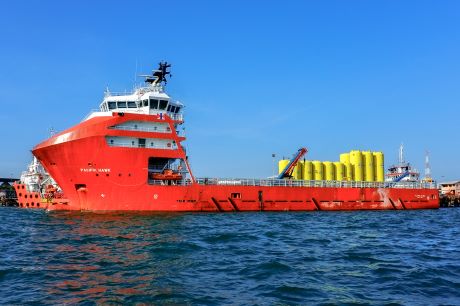Author: Jeff Wilson, Director Marine Consulting (Europe), Braemar
The 7th Annual London Marine Money Forum threw up some interesting and challenging perspectives on where the shipping markets are heading in 2016.
In this week’s spotlight, Braemar’s Director of Marine Consulting, Jeff Wilson reflects upon where the shipping markets are heading in 2016.
With dry bulk freight rates at the lowest levels for thirty years, scrap values at the level of steel prices, overcapacity in the dry bulk fleet and falling newbuild costs, it seems inevitable that some owners will have to restructure debt with their lenders or fold and exit the dry bulk space, with some shirts having been lost on the way.
“Discussions with banks” are an often ongoing fact of life for owners, but in a situation like this the discussions are often overbalanced towards the lenders and the demands of their credit committees. The decision made by the credit committee will either be to call in the debt, meaning that the ship is taken from the owner and then the bank has to find a way of running the ship economically until it can be sold, or to restructure the debt and leave the ship with the owner under different terms. In a market where the purchase of second hand tonnage is not attractive vs the acquisition of newbuilds, it could be that restructuring of debt terms is preferable to all concerned assuming that a private buyer cannot be found in the time available.
Restructuring of debt effectively means changing the ongoing payments to the lender by either lengthening the term of the debt, altering the rate of the debt or by swapping some debt for equity. In a landscape of falling values it’s very unlikely a lender will want equity in an asset that has little equity in the first place, and in any case lenders prefer to have the owner to retain some equity and keep their skin in the game. That leaves a restructuring that reduces debt payments in the short term and supports the owner during the period when freight rates are depressed below opex. Combined with a serious examination of the owner’s opex with the aim of closing the opex vs earnings gap in the short term, that is a viable business solution providing the lender can have faith that the owner has made every effort to trim opex and meet them half way when they provide some arrangements to take the sting out of debt repayments.
Lenders often have long, trusted relationships with their owners and in usual circumstances a restructuring would accept the owner’s view of their future opex and capex plans. However, we are in a situation beyond the memory of many lending teams and even many owners’ offices, with some sectors suffering longstanding depressed rates coming on the back of a building boom and significant overcapacity, with no simple way of reducing that capacity. Lenders would be advised to ensure they have exercised some due diligence on owner’s opex plans ahead of finalising restructuring deals.
Due diligence, of course, can take many forms, but in this particular situation the condition of the asset is almost secondary as it’s saleable value has little bearing on its earning power or ultimate resale value. The issue here is that in some sectors the freight market rate has fallen significantly below the opex that was assumed when financing deals were struck and the solution is partly refinancing, but also partly restructuring or refining of the owner’s opex so that it can be brought closer to the earnings and therefore reduce the haemorrhaging of cash that some owners face at the moment. That type of due diligence requires specialist examination beyond that usually brought to condition surveys and management audits. If lenders can have confidence that their debtors are willing and able to do that, then a debt restructuring can work for all concerned and enable owners to retain their fleets and wait for better times.
































